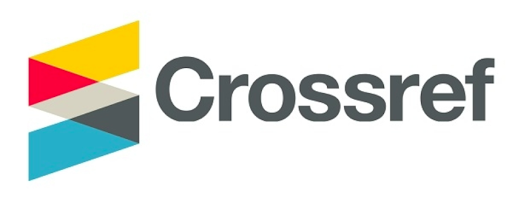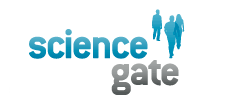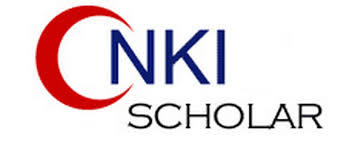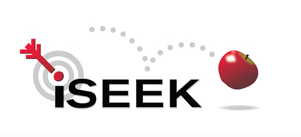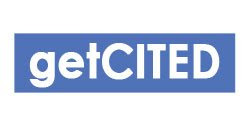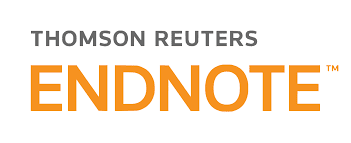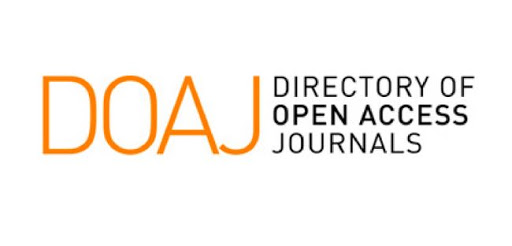Paper ID : SMJ0203245803647 | View : 15

Abstract : The aim: is to evaluate antibacterial efficacy of sonically activated (Salvadora persica / Glycyrrhiza glabra Extracts) compared to sonically activated (sodium hypochlorite / EDTA) against Enterococcus Faecalis in an in-vitro model Material and methods: Sixty Human mandibular premolars were collected and a standardized tooth length of 18mm was established. Then root canals were instrumented and all samples were autoclaved. 15 specimens were then subjected to microbial analysis and served as negative control group. The remaining 45 specimens were inoculated with E faecalis suspension. 15 specimens served as Positive control group, 15 specimens served as Group (A) where sonically activated (2.5 % NaOCl / 17% EDTA) was applied and 15specimens served as Group B where sonically activated (Glycyrrhiza glabra / Salvadora persica Extracts) was applied . For all specimens were subjected for microbial analysis. Results: group A (NaOCl / EDTA) recorded the lowest median bacterial count at 0.6 log CFU while; group B (G. glabra /S. persica) showed median bacterial count of 1.2 log CFU. The results showed a statistically significant difference in comparison with positive control group p < 0.001 indicating the strong antibacterial activity of both irrigation protocols of group (A, B). Furthermore group A showed a statistically significant more reduction in bacterial count than did group B at p value < 0.001; indicating the superior antibacterial activity of group A. Conclusion: sonically

